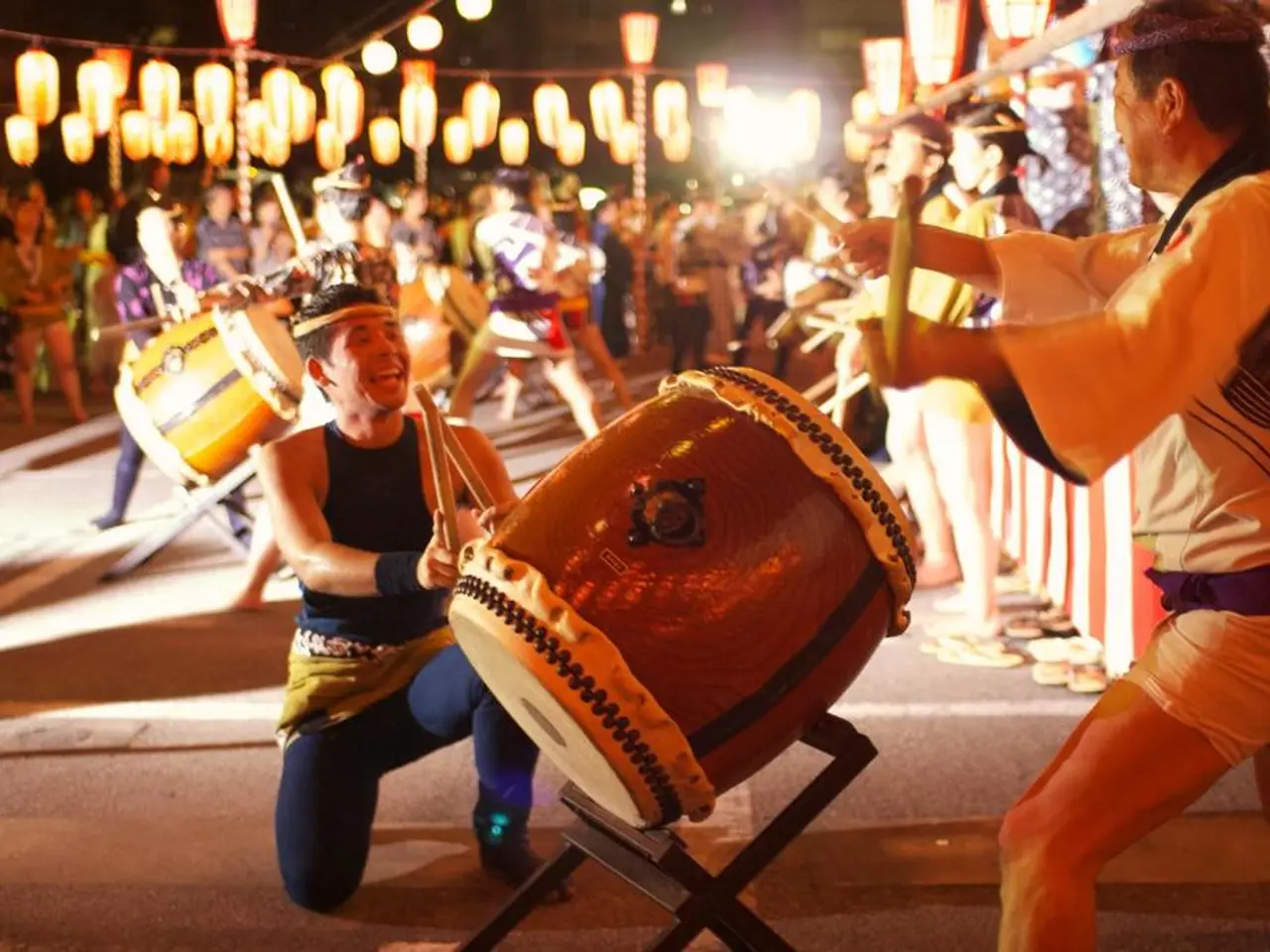Has the excessive use of 'grim and violent' films in contemporary cinema reached its peak?
In the realm of modern cinema, a captivating trend has emerged, one that has particularly resonated with younger audiences - the "dark and gritty" style. This sensibility, which can be traced back to the stylistic and thematic roots of film noir in the 1940s and 50s, has evolved and flourished, particularly during the New Hollywood era (mid-1960s to early 1980s).
Film noir introduced a morally ambiguous, shadowy aesthetic often featuring crime and complex characters, laying thematic groundwork. New Hollywood filmmakers, such as Martin Scorsese and Francis Ford Coppola, embraced a more realistic, cynical, and hard-edged approach compared to the polished studio films, incorporating violence, anti-heroes, and social critique which intensified the "dark and gritty" tone.
This sensibility permeated later cinematic movements, including the modern superhero genre's "Dark Knight era," where filmmakers reimagined traditionally heroic narratives through a more complex, morally ambiguous lens with darker visuals and themes of psychological depth and societal dysfunction. Similarly, 1990s Black cinema also used gritty realism to explore harsh social realities like crime and drug dealing, embedding a darker tone to highlight systemic issues in urban Black communities.
However, the perspectives on this trend are mixed. While the "dark and gritty" style is praised for adding depth, realism, and complexity to storytelling, there is growing criticism about its overuse and reduction into a formulaic approach. Some critics argue that the trend's prevalence can lead to fatigue, desensitization, and a stifling of diversity in tone and narrative style across genres. Audiences sometimes perceive it as unnecessarily grim or bleak when used without substantive purpose, signaling a demand for more balanced or varied cinematic tones.
Key points raised by critics include the potential for innovation in blending dark elements with other genres, the importance of balancing bleak narratives with lighter, more hopeful storytelling, and the need for filmmakers to ensure substance accompanies style. Directors like Alfred Hitchcock and Orson Welles, who pioneered techniques that brought psychological depth and tension to the screen, serve as a testament to this approach.
On the other hand, some argue that the over-reliance on darkness and grit risks overshadowing creativity and diversity in storytelling. The fascination with dark and gritty storytelling can be traced back to cultural and historical influences, but it's essential for filmmakers to push beyond these boundaries and explore new narratives that resonate with audiences while maintaining the depth and complexity that the "dark and gritty" trend has come to represent.
In summary, the "dark and gritty" trend grew from film noir’s chiaroscuro and moral ambiguity through New Hollywood's embrace of realism and complexity, influencing diverse genres today. While it enriches narrative depth, both critics and audiences have expressed concerns about its overuse potentially limiting cinematic diversity and emotional range. As we move forward, it will be interesting to see how filmmakers navigate this trend, balancing the need for depth and realism with the demands for innovation, diversity, and emotional range in storytelling.
[1] History of the "Dark and Gritty" Trend in Cinema [2] New Hollywood and the Rise of the "Dark and Gritty" Style [3] Critical Perspectives on the "Dark and Gritty" Trend [4] The Impact of "Dark and Gritty" Storytelling on Modern Cinema
- The director Alfred Hitchcock, a pioneer in psychological depth and tension, serves as a testament to the importance of balancing bleak narratives with lighter, more hopeful storytelling.
- Critics argue that the prevalence of the "dark and gritty" trend can lead to a formulaic approach and stifle diversity in tone and narrative style across genres like animation, drama, and comedy.
- Martin Scorsese and Francis Ford Coppola, as New Hollywood filmmakers, embraced the "dark and gritty" style, using violence, anti-heroes, and social critique to intensify the tone of movies like 'The Godfather' and 'Taxi Driver'.
- Film noir, a cinematic movement popular in the 1940s and 50s, first introduced the "dark and gritty" style, laying thematic groundwork for future filmmakers and the Hollywood entertainment industry.
- Audiences and critics often debate whether the "dark and gritty" style adds depth, realism, and complexity to storytelling or if it unnecessarily limits the emotional range and variety of movies and TV shows.
- During the New Hollywood era, the sensibility of the "dark and gritty" style was particularly noteworthy, as it evolved and flourished in movies across diverse genres, from filmmaking to cinematography and beyond in movies-and-tv productions.






